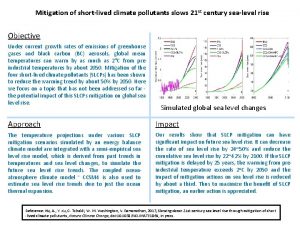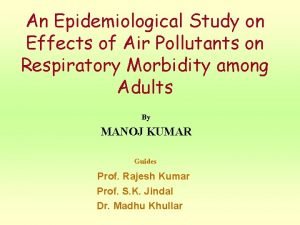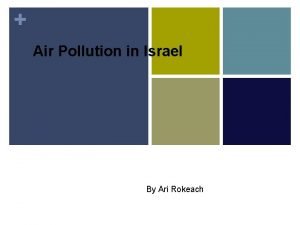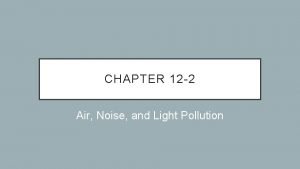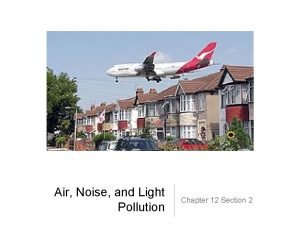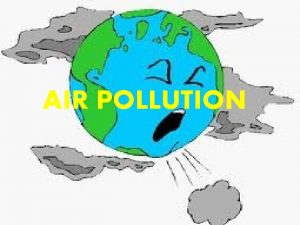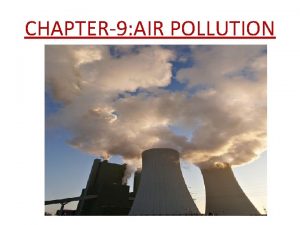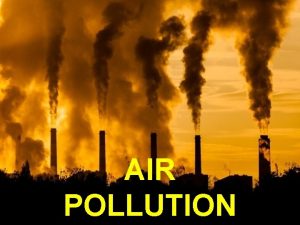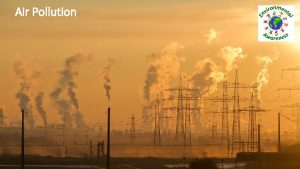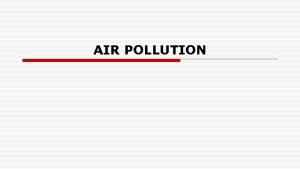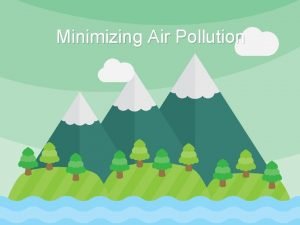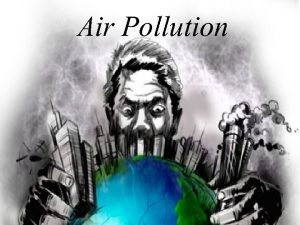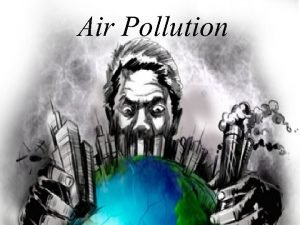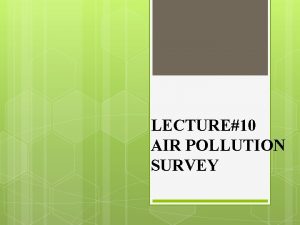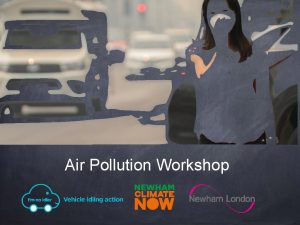Air pollution and climate change Short lived climate













- Slides: 13

Air pollution and climate change Short lived climate forcers Øystein Hov

Is it useful to control short-lived climate forcers?

Temperature evolution for the scenarios UNEP and WMO 2011 – Integrated Assessment of Black Carbon and Tropospheric Ozone: Summary for Decision Makers.

Methane measures suggested to be effective

Black Carbon Measures suggested to be effective

Global benefits from full implementation of identified measures in 2050/2030 compared to reference scenario UNEP and WMO 2011 – Integrated Assessment of Black Carbon and Tropospheric Ozone: Summary for Decision Makers.

Can we trust in these results? • Emission scenario uncertainty? • Impact calculation uncertainty • Black Carbon forcing range assumed 0. 3 -0. 6 Wm-2 (being on the high side of model results) • Estimated RF effect of the CH 4 & BC measures O 3 0. 18 / CH 4 0. 21 / BC 0. 14 Wm-2 • Only two models used (GISS, ECHAM) and simplified temperature response function

Contributions from European countries to Arctic pollution (2006) Primary PM 25 Secondary inorganic aerosols: SO 4, NO 3, NH 4 Meteorologisk Institutt met. no

BC north of the Polar Circle 1991 -2001 average AMAP Assessment 2006: Acidifying pollutants, Arctic haze, and acidification in the Arctic www. amap. no

Impact on instantaneous forcing of 1 kt BC Source: EMEP/MSC-W, Uni. Oslo, IIASA Instantaneous forcing over


Surface temperature response to forcings by natural factors, anthropogenic GHGs and anthropogenic aerosols Nor. ESM (→ GFCS via downscaling) global Arctic All forcings Anthropogenic GHG Natural (Solar + volcanoes) Anthropogenic Aerosols S/N the fourth decade ahead Hawkins and Sutton BAMS 2009

Climate reanalysis and projections IPCC AR 4 (2007) projected surface temperature changes 2090 -2099 relative to 1980 -1999 (multi-AOGCM average projection A 1 B SRES scenario)
 Long and short
Long and short Climate change 2014 mitigation of climate change
Climate change 2014 mitigation of climate change Short lived climate pollutants
Short lived climate pollutants Chapter 12 section 1 what causes air pollution answers key
Chapter 12 section 1 what causes air pollution answers key Chapter 12 air section 1 what causes air pollution
Chapter 12 air section 1 what causes air pollution Air higroskopis adalah
Air higroskopis adalah Effects of land pollution on human health
Effects of land pollution on human health Soil pollution images diagram
Soil pollution images diagram Objective of pollution
Objective of pollution Primary and secondary air pollutants
Primary and secondary air pollutants Ari rokeach
Ari rokeach Baghouse filter definition apes
Baghouse filter definition apes Air noise and light pollution
Air noise and light pollution Section 2 air noise and light pollution
Section 2 air noise and light pollution


